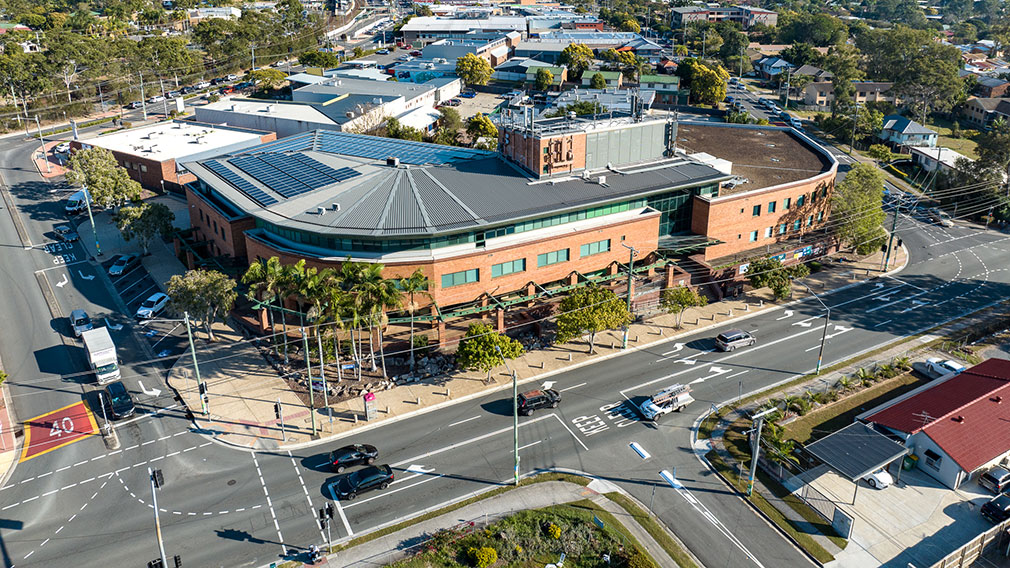Property market set for another year of gains
The Australian property market is on track to post further gains as the year progresses, although the pace of price increases is likely to be slower than in 2023 due to stretched affordability.
Westpac economists see prices rising between four and six per cent in 2024, with gains skewed towards the back end of the year when we expect the Reserve Bank to start cutting interest rates.
Overall market conditions haven’t changed much in the past three months. Price gains have moderated somewhat, while turnover has picked up a little, but supply in terms of both housing for sale and rental vacancies remains extremely tight.
Buyer sentiment is caught between the opposing forces of poor affordability and positive price expectations but has improved a little in recent months thanks to a slightly less gloomy labour market outlook and a more promising interest rate picture.
We may not be quite out of the woods yet on inflation, but we have passed the peak and that probably means we've passed the peak for this rate tightening cycle. We think the RBA will start to ease rates by about September this year.
Ordinarily, just the whiff of a rate cut would be enough to get the property market picking up, but this time it's not so certain.
We're coming into this cycle with affordability very stretched to begin with, and even with some rate cuts it's not going to improve dramatically. As a result, any recovery in prices might be short-lived.
A big swing factor is going to be how investors react. The affordability problems centre around the owner occupier space, so if we go into this next easing cycle and see a material pickup in investor activity, which is also not certain at all, that could be the thing that drives us one way or the other.
Capital cities outlook
When you drill down into the capital cities, there is more variation in performance emerging across those markets.
In Sydney, it’s clear that buyers are feeling those affordability challenges. As a result, price momentum is slowing as demand softens.
In Melbourne, we’ve seen a significant lift in on-market supply. A lot of investors listed properties following some state government policy changes last year and the market has struggled to absorb that. It's not a particularly weak market, but it's underperforming quite noticeably.
The Brisbane, Adelaide and Perth markets all have a common theme. They've got much stronger price gains than the two big eastern cities and they're seeing tighter supply conditions. Rental markets are extremely tight while on-market supply is in most cases at very low historical levels.
In these markets, stretched affordability is playing out differently across segments with the bottom and middle tiers tending to outperform the top tiers. We're also seeing a much better relative performance for units compared to Sydney and Melbourne, where we have this investor overhang.
Tasmania is following its own course at the moment. It's the one market that's got high and rising rental vacancy rates and prices are still soft and declining slightly and across the region.
Overall, we expect a more moderate year for price growth compared with last year, with turnover likely to pick up a little while remaining low by historical standards.



